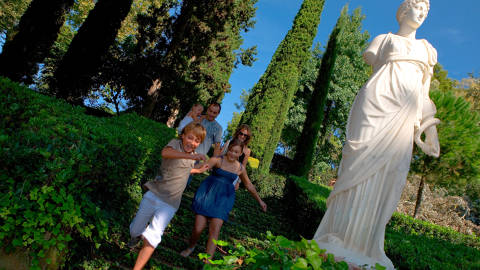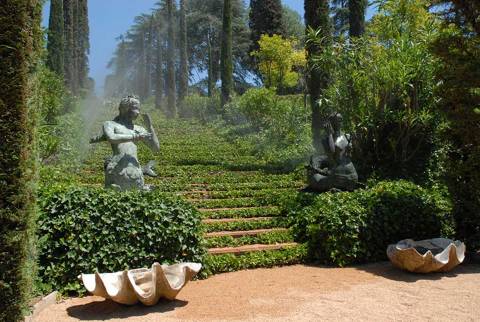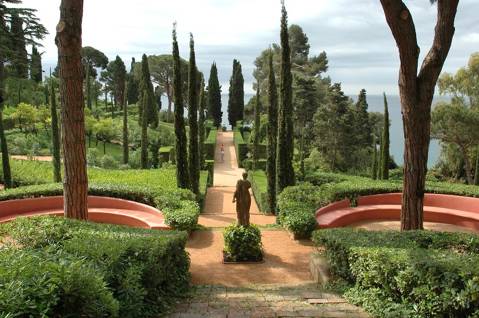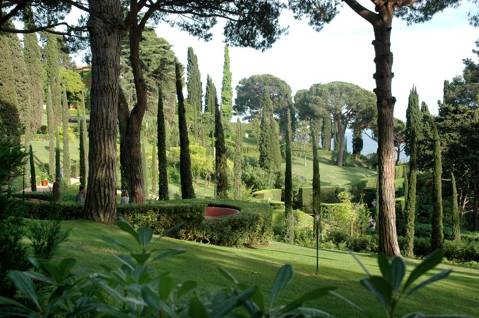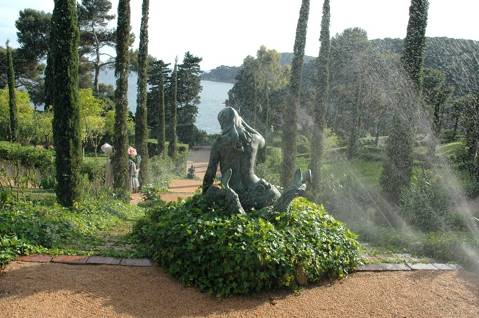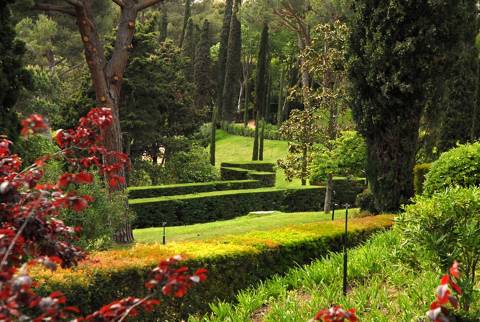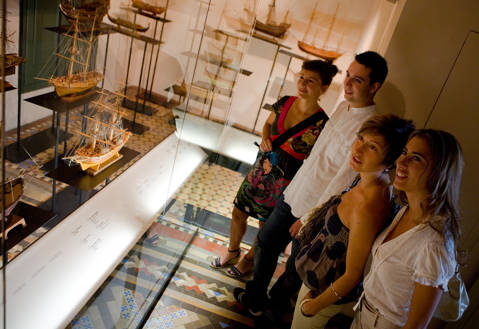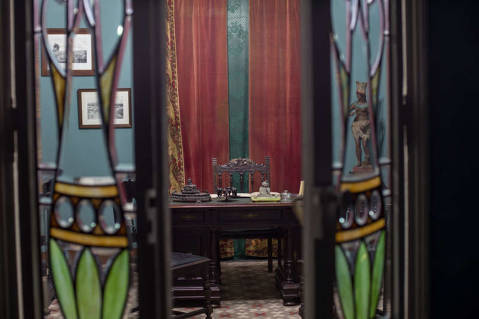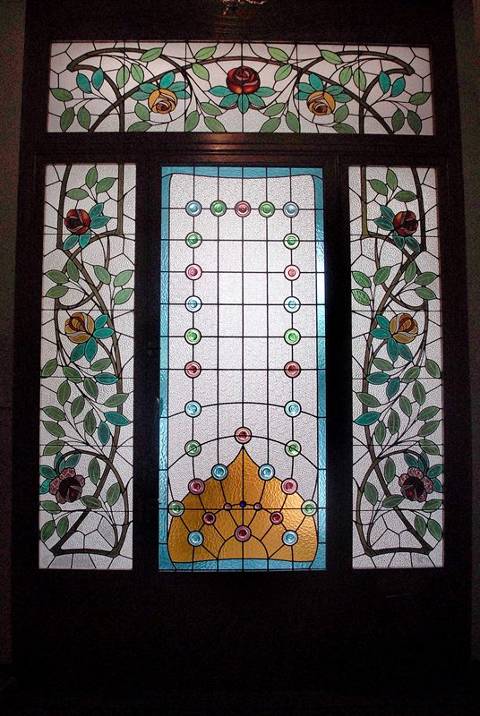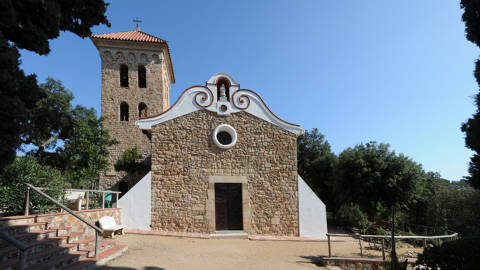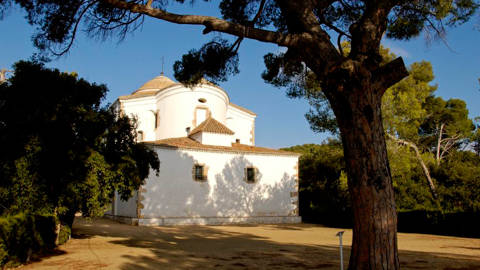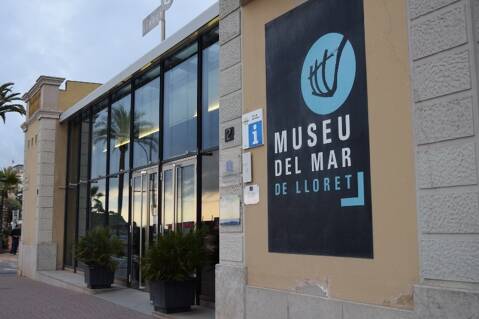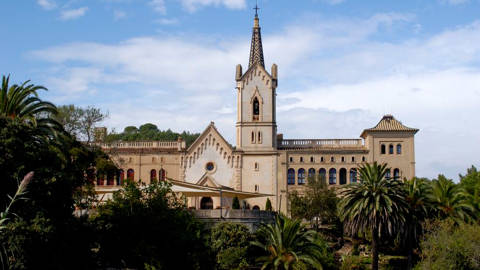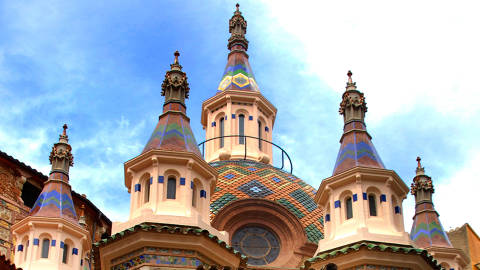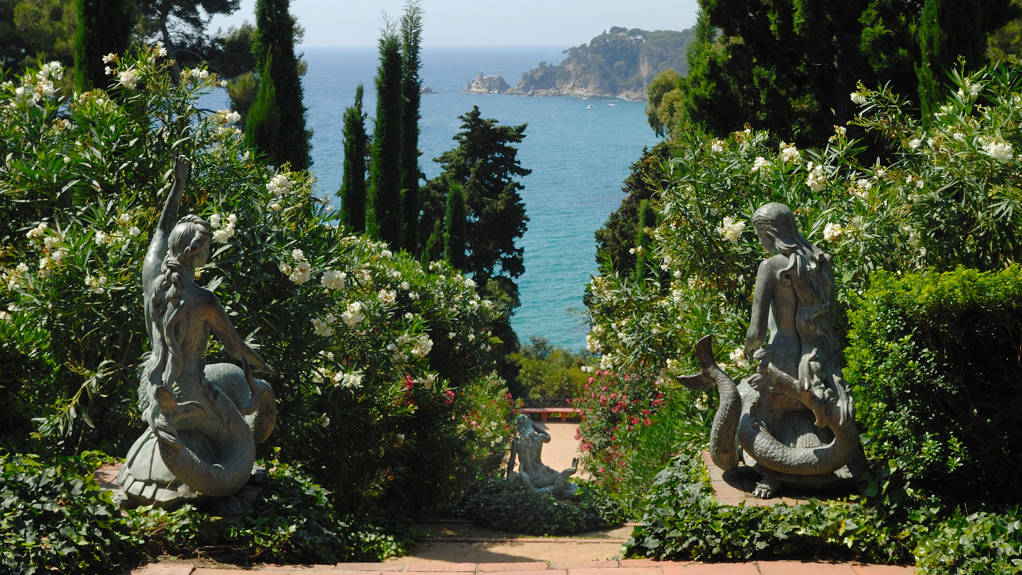
The essence of the noucentista garden
Santa Clotilde Gardens
CLOSED FOR EXCLUSIVE EVENTS
DECEMBER 13, 14, 15, 16 AND 17
In 1919 the Marquis of Roviralta commissioned the project of Santa Clotilde Gardens to a young landscape gardener and architect: Nicolau Maria Rubió i Tudurí. The Santa Clotilde site was previously occupied by vineyards. The Marquis acquired adjoining plots of land over time, eventually obtaining the current 26,830 m2 covered by the gardens. The gardens are perched on a clifftop with stunning sea views, between Boadella Cove and Fenals Beach. The location of the gardens means that their backdrop, the Mediterranean Sea, becomes part of the wonderful natural scenery created by Rubió i Tudurí.
The architect was a young man engaged with the prevailing artistic trends of the time, such as noucentisme. This Catalan cultural movement of the early 20th century sought to recover classical form by striving for symmetry, proportion and order. In order to transmit these ideals in a garden, Rubió i Tudurí combined a wide variety of techniques, such as topiary, which consisted of trimming plants to give them shape and to create space. Since the gardens are set on a cliff top, there were lots of elevation differences. This problem was overcome through the creation of stairways and ramps. One technique he implemented in order to integrate these architectural features within the surrounding plant life can be observed in the large staircases. He planted ivy on the risers of the steps so that when the staircase is observed from the bottom it achieves the optical effect of a waterfall made of plants. The plant life found in the gardens is typical of the Mediterranean basin. There are pine trees, lindens, poplars, Japanese mock-orange and cypresses. He took the greatest care with flowering plants to ensure that there were always flowers in bloom. This is why, depending on the season, a wide variety of species are alternated. The fountains on the staircases and in the small lakes are another noteworthy aspect: the spouts on the mermaids’ staircase, sculpted by Maria Llimona, seem to be in dialogue with the sea. The mermaids with their outstretched arms seem to be dedicating an ode to the sea which awaits them. When observed from above, no words could be more apt than those of Josep Pla to describe the mermaids’ staircase. In his book Guide to the Costa Brava, he states that the large staircase, flanked by magnificent cypress trees and facing Santa Cristina Point, produces an unforgettable impression and is one of the coastline’s most beautiful scenes. Mythological characters such as Venus and the mermaids, along with busts that mimic Roman sculpture from the imperial period, submerge us in this idyllic world represented by the garden. Classical Mediterranean tradition consists of a deep ancient connection of myths related to the world of plants. One of them has become emblematic over the years due to the poetic origin of the town of Lloret, given the etymological similarity of its name with the word llorer, which is Catalan for laurel tree. Cupid, surrounded by a semicircle of laurel leaves, recalls the myth of Apollo and Daphne.



